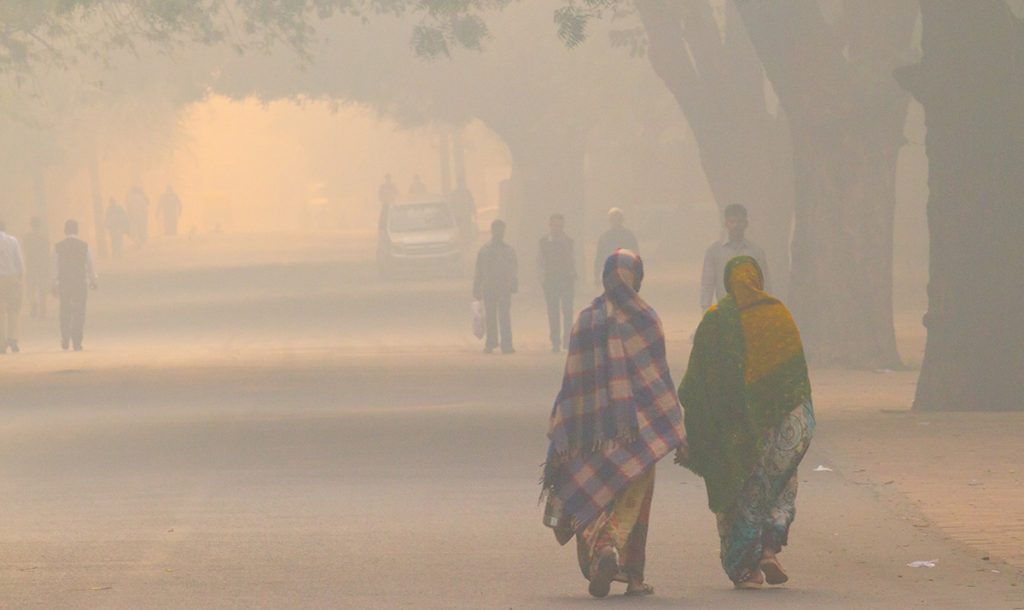Extreme heat, severe pollution pose dual threat to South Asia, study says

Scientists know that extreme heat has a negative impact on the human body — causing distress in the respiratory and cardiovascular systems — and they know that extreme air pollution can also have serious impacts on the human body.
But as climate change impacts continue globally, how often will humans be threatened by both of those extremes when they occur simultaneously?
A Texas A&M University professor has led a regional research study, recently published in the brand new journal AGU Advances, answering that question for South Asia.
“South Asia is a hot-spot for future climate change impacts,” said Yangyang Xu, an assistant professor, Department of Atmospheric Sciences, College of Geosciences. Extreme heat occurrences worldwide have increased in recent decades, and at the same time, many cities are facing severe air pollution problems, featuring episodes of high particulate matter (PM) pollution, he said. This study provides an integrated assessment of human exposure to rare days of both extreme heat and high PM levels.
“Our assessment projects that occurrences of heat extremes will increase in frequency by 75 percent by 2050, that is an increase from 45 days to 78 days annually. More concerning is the rare joint events of both extreme heat and extreme PM will increase in frequency by 175 percent by 2050,” Xu said.
“Climate change is not just a global average number, it is something you can feel in your neighborhood,” he said, and that’s why regional-scale climate studies are important.
The study’s regional focus was South Asia: Afghanistan, Bangladesh, Bhutan, India, Myanmar, Nepal, and Pakistan. The scientists used a high-resolution, decadal-long model simulation, using a state-of-the-science regional chemistry-climate model.

